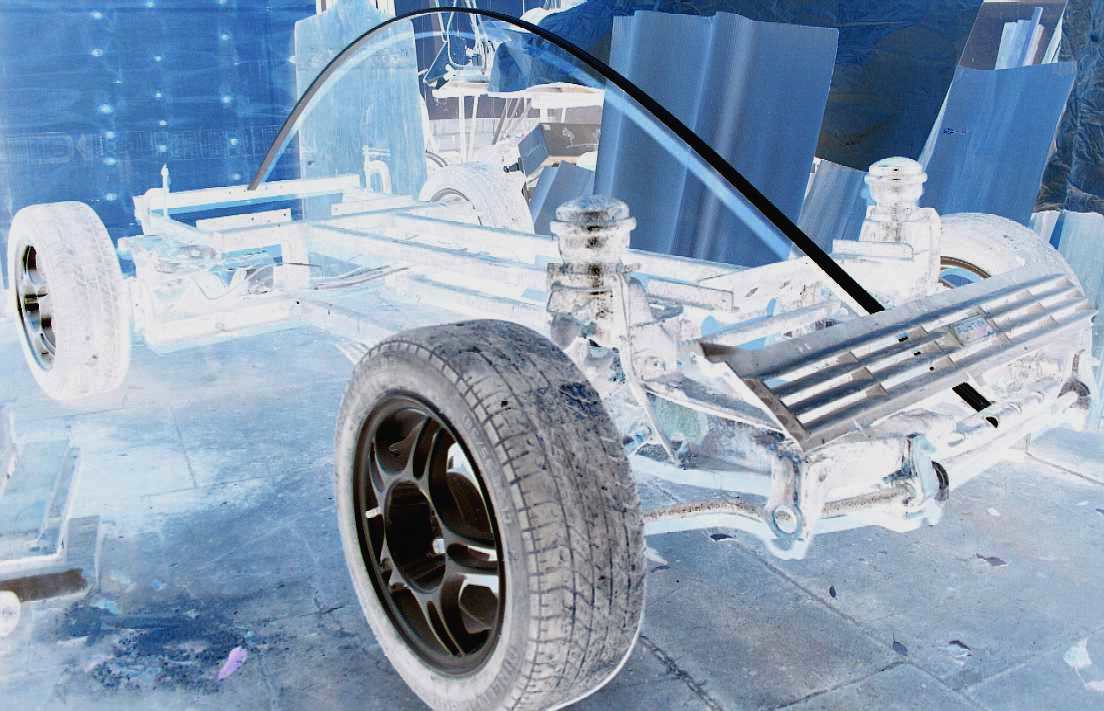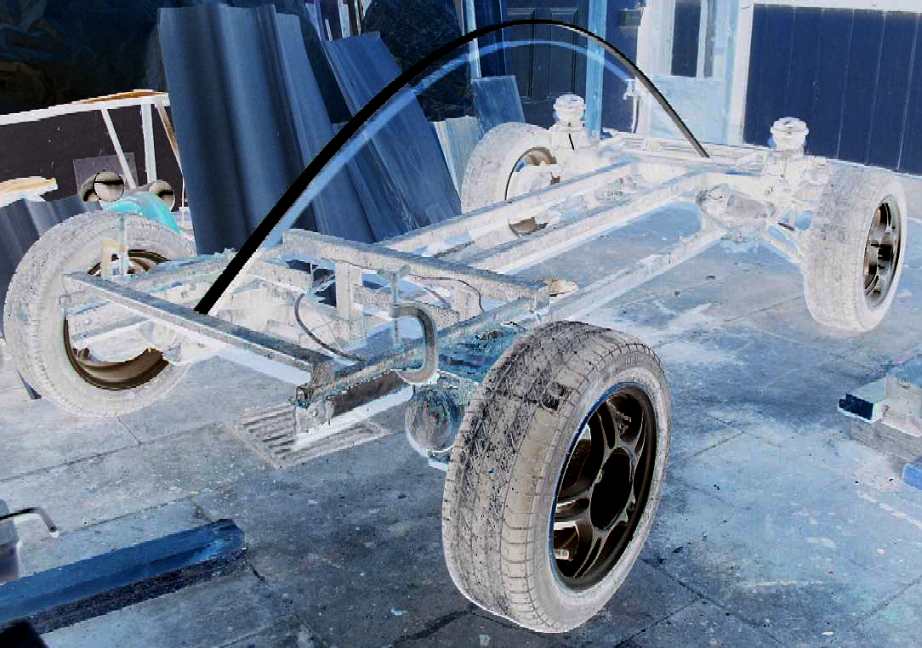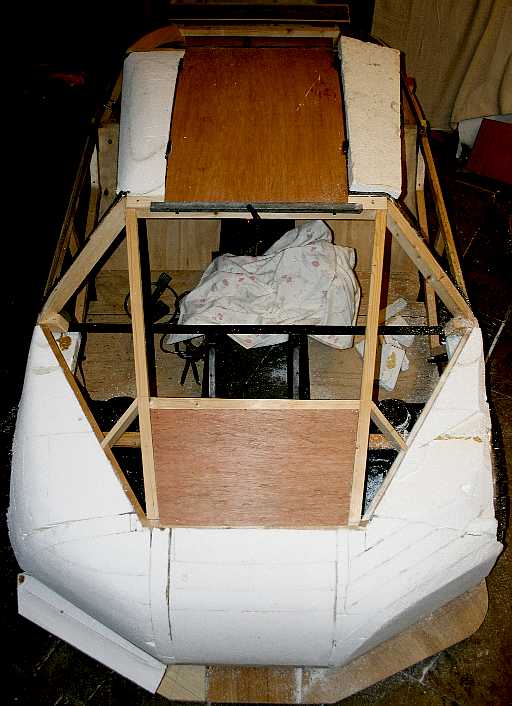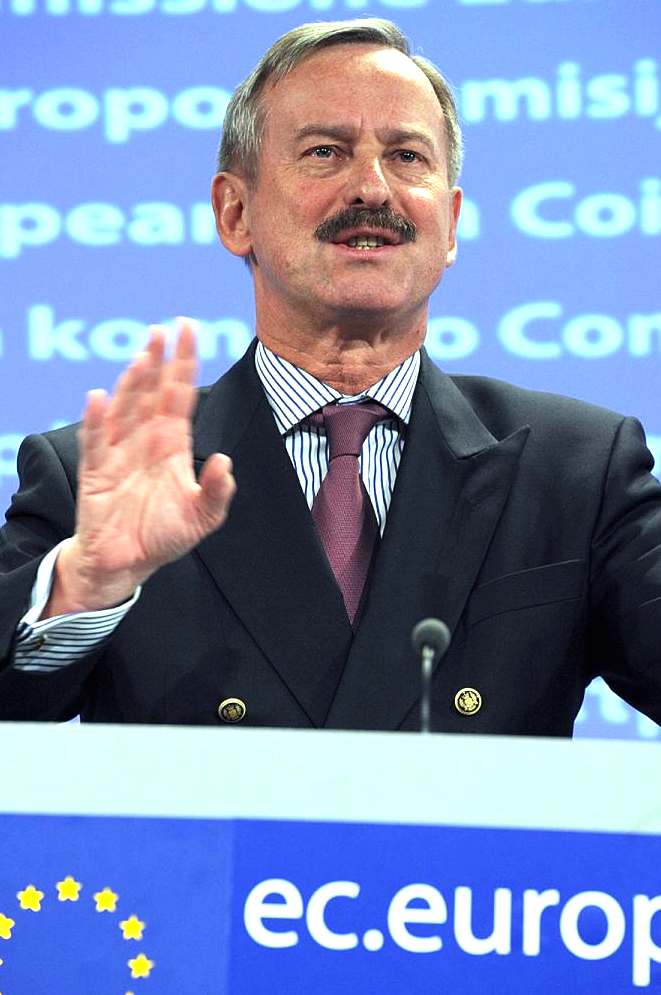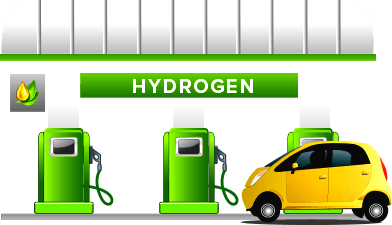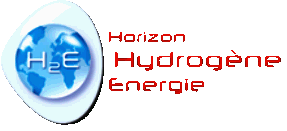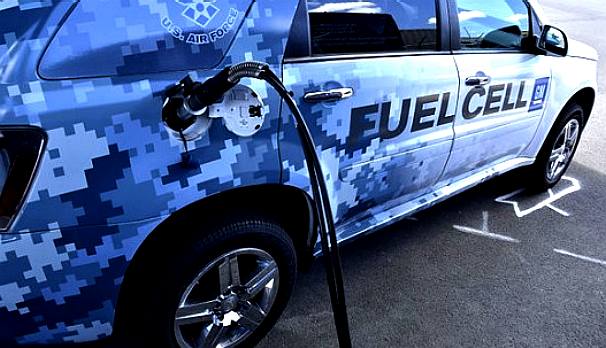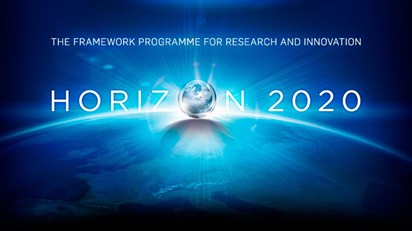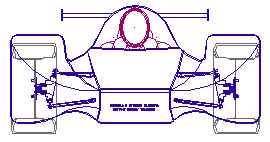|
ECOSTAR DC50 - Fuel Cell Sports Car BE4
|
|||||||||||||||||||||||||||||||||||||||||||||||||||||||||||||||||
|
The long term aim of Bluebird Marine Systems is to demonstrate the versatility of a system which is compatible with a number of energy storage mediums - for a sustainable future. The infrastructure for such a system is partly built into the vehicle. Service forecourts could sell you energy in the form of liquid hydrogen, charged batteries, or a hybrid cartridge with a mix of technology. It would be just like choosing between Regular and Supreme petrol, or diesel fuel.
March 2014 - The ECOSTAR DC50 (project BE4) is a two seat sports car with front wheel drive and 50kW direct current (DC) electric motors. The roof will carry solar panels to supplement fuel in cartridges as a range extender between instant energy transfer pit-stops. The cartridge may contain batteries, fuels cells, or a mix of batteries and fuel cells. The technology future proofs vehicles against battery and/or fuel cell advances - as an aid to the transition to a zero carbon lifestyle. The challenge for the ECOSTAR DC50 is to reduce the long standing 1 minute recharging world record, to less that 30 seconds. We know it is possible to get this down below 10 seconds, but our finances are running on empty, so we are aiming low. Watch this car turn into a motoring gem, as it rises like a Phoenix from the ashes from a mix of recycled and new materials. What color to paint it? There's no flies on us.
This is a medium budget research project that is suitable for funding under the Horizon 2020 scheme, or other local enterprise initiatives - if only we were eligible. To be eligible a company has to have a trading track record, whereas, we are an ideas company.
The ECOSTAR DC50 (BE4) is currently powered by the famous Lynch DC motors to produce 50kW, hence the DC50 legend. The car may also be fitted with an onboard generator during phase in, turning this versatile little sports car into a hybrid - that is likely to return above 100 miles per gallon. This will provide a means to appease those worried about range limitations.
Progress - January 2015 - Foam blocks are carved by an experienced craftsman, to achieve a near perfect shape using only hand tools. This technique is suitable for one off prototypes, but if we go into production, it is far too labour intensive. The wing on the left of this picture (offside in the UK) is nearing final shape. The right wing (nearside in the UK) is still 2nd stage boxy. Same with the roof panels of the gullwing doors. The offside is shaped, the nearside has yet to be carved. Please note that these pictures are copyright © BMS 2015 and you will need our permission to reproduce them. We can supply higher quality for magazines, etc.
ECOSTAR DC50 FUEL CELL STATS
Siim Kallas is an Estonian politician, serving (or having served) as European Commissioner for Transport. He is also one of five vice-presidents of the 27-member Barroso Commission.
FUEL CELLS - FCH JTI PROGRAMME 2014
The Fuel Cells and Hydrogen (FCH) JTI is focused on securing long-term clean energy supplies for Europe in addition to the reduction of greenhouse gas emission from the energy and transport sectors.
A fuel cell is basically an electric chemical converter of fuel directly into electricity and heat, rather than traditional combustion. The fuel we are using is hydrogen, it is a very environmentally friendly gas. We try to improve the technology in both making hydrogen and converting hydrogen into cheaper, greener electricity – more efficiently.
According to the US Dept. of Energy, fuel cells will cost $30-$50 per kw-hr of output by 2017, depending on production volume. To put this number in perspective, Tesla battery packs are estimated to cost over $200 per kw-hr of output today and may fall to $140-175 per kw-hr by 2017. In all likelihood, fuel cell vehicles will cost less than battery electric vehicles by the end of the decade (barring some major decrease in battery costs, of course).
The estimated cost of building a hydrogen filling station is $3-5 million dollars, according to a report from the National Renewable Energy Laboratory. While that's definitely a lot of money, a standard gasoline filling station costs about $2 million to construct (according to the same NREL report).
The National Renewable Energy Laboratory has a functioning wind-powered hydrogen filling station in Boulder, Colorado that uses wind power to create hydrogen via electrolysis. German energy giant Linde will begin producing hydrogen at commercial scale via wind power by 2015. There are also solar panels in the research and testing phase that can break water down into hydrogen and oxygen via photoelectric synthesis and do so at extraordinary efficiency levels.
Battery electric vehicles have a low operating cost, and they
plug in to an existing (and generally efficient) energy grid. However,
most BEVs at this time can't be refueled in 3 minutes, and (as of now) can't go 300+ miles between refueling. BEVs aren't really feasible for use in pickup trucks and
SUVs, at least not without serious compromises in tow and payload capacities and/or driving range.Fuel cell vehicles, on the other hand, have long range, fast refueling, and could easily be used in trucks or SUVs without sacrificing payload or tow capacity. FCH JTI PROGRAMME
The
Fuel Cells and Hydrogen (FCH) JTI is focused on securing long-term clean energy supplies for Europe in addition to the reduction of greenhouse gas emission from the energy and transport sectors. The JTI, a form of public private partnership between the European Commission and industry, was launched in 2008 with a budget of €940m and has sought to overcome major technological and
infrastructure barriers in meeting these goals. The PPP has centred on developing methods of producing hydrogen using electricity generated from renewable resources and on developing fuel cells that more efficiently convert different types of fuel into electricity. The JTI involves 1,100 participants.
KEY
CHALLENGE
HORIZON 2020 - TRANSPORT RESEARCH & INNOVATION
Horizon 2020 is the European Commission’s proposal to generate ideas, growth and jobs through the world’s largest collaborative programme for research and innovation (2014-2020).
In the transport sector, the Commission will strive for a balanced approach in implementing the programme that takes into account the specifics of each mode (rail, road, waterborne and air transport) while remaining holistic; an approach which reconciles competitiveness with sustainability and which invests both in technology and in relevant socio-economic research.
The four main priorities for transport research under Horizon 2020 are:
3.
Keeping transport competitive: the European transport industry as a global leader. 4.
Making transport research responsive: socio-economic research and forward-looking activities for policy-making.
ECOSTAR DC50 LINKS A-Z INDEX
EXTERNAL LINKS
http://www.horizonhydrogeneenergie.com/ http://www.fch-ju.eu/news/new-website-programme-horizon-hydrog%C3%A8ne-energie-h2e http://horizon2020projects.com/sc-transport-interviews/storing-energy-in-horizon-2020/ http://horizon2020projects.com/sc-transport-interviews/powering-the-future/ http://cordis.europa.eu/fp7/ideas/home_en.html http://cordis.europa.eu/fp7/ideas http://ec.europa.eu/programmes/horizon2020/en/ http://ec.europa.eu/transport/themes/research/horizon2020_en.htm http://www.agnimotors.com/site/ http://www.wired.com/autopia/2012/09/formula-e/ http://www.telegraph.co.uk/finance/The-electric-cars-of-the-future.html http://en.wikipedia.org/wiki/Pendine_Sands http://en.wikipedia.org/wiki/Bluebird_Electric_2
+44 (0) 1323 831727 +44 (0) 7842 607865
Ask for Leslie Intelligent Battery Support System THE BLUE BIRDS OF HAPPINESS
The world's fastest electric circuit racers need a system to recharge fuel cells instantly during pit stops. The Formula E concept design above incorporates the patent Bluebird™ instant energy transfer system - allowing EV refueling in around 10 seconds, whether hydrogen or lithium. Get your free developer License from Bluebird Marine Systems Ltd.
|
|||||||||||||||||||||||||||||||||||||||||||||||||||||||||||||||||
|
This
website is Copyright © 2014 Bluebird Marine Systems Limited.
The names Bluebird,
Blueplanet Ecostar BE3™, Utopia Tristar™
and the blue bird in flight
|

